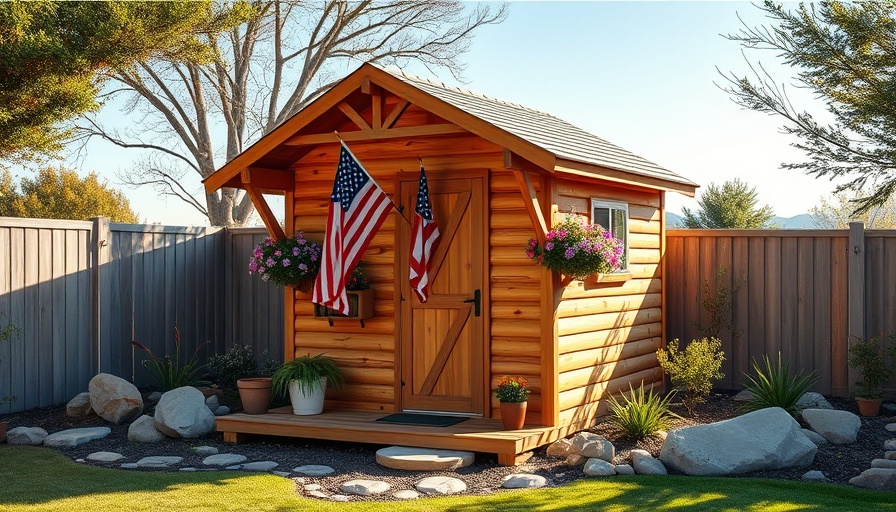
Choosing the Right Material: Why Western Red Cedar Shines
In a world where the cheapest option often reigns supreme, it's essential to consider the long-term benefits of building materials like Western Red Cedar. Harvested sustainably from the rich forests of Canada and the United States, Western Red Cedar stands out not just for its beauty, but for its remarkable durability and positive environmental impact.
Unmatched Durability and Resistance
Western Red Cedar is renowned for its exceptional durability, offering natural resistance to rot and decay. Unlike less expensive alternatives such as White Cedar or Chinese Fir, Western Red Cedar holds up impressively against weathering, reducing the need for frequent replacements and upkeep. This quality not only saves homeowners money, but it also lessens the demand for continuous resource extraction, which can strain our forests.
Aesthetic Appeal That Endures
One of the most attractive features of Western Red Cedar is its stunning visual appeal. The wood's warm hue and unique grain create a timeless look that enhances the value of any structure—from outdoor elements like decks and fences to indoor accents like ceilings and paneling. Homeowners and builders alike appreciate how its natural beauty can elevate their projects, providing a distinct charm that plastic or composite materials simply cannot replicate.
Committed to Sustainability: A Greener Choice
Choosing Western Red Cedar isn’t just a sound decision for aesthetics; it’s also an environmentally conscious one. When sourced responsibly, as it typically is in North America, Western Red Cedar promotes sustainable forestry practices. For every cedar tree harvested, multiple new trees are planted, contributing to the health and sustainability of forest ecosystems. This practice has helped North American forests grow by 20% since 1970, demonstrating that wood can be a renewable resource when managed wisely.
Making a Positive Economic Impact
By investing in Western Red Cedar, consumers are also bolstering local economies across the United States and Canada. The forestry sector is significant, creating approximately 200,000 jobs in Canada and supporting over 2 million positions in the U.S., from loggers to sawmill workers. Every board of cedar purchased goes beyond enhancing your home; it serves as a vital contribution to the livelihoods of countless families and their communities.
Environmental Benefits of Using Cedar
Beyond its durability and aesthetic appeal, Western Red Cedar provides several environmental advantages. Manufacturing wood products using cedar requires significantly less energy than producing alternatives like steel or concrete, which leads to lower greenhouse gas emissions. Additionally, wood has natural thermal properties, making buildings more energy-efficient, helping to keep homes cooler in the summer and warmer in the winter.
Beyond Longevity: The End-of-Life Cycle
When it comes time for replacement or renovation, Western Red Cedar's sustainability continues. Unlike synthetic materials, cedar is biodegradable, naturally returning to the earth without leaving harmful residues. This characteristic makes it a responsible choice for environmentally conscious builders and homeowners who wish to reduce their overall carbon footprint.
Conclusion: Invest in the Future with Western Red Cedar
With its durability, aesthetic appeal, and sustainable harvesting practices, Western Red Cedar is more than just a building material; it’s an investment in the future. As we prioritize sustainability in our everyday lives, choosing Western Red Cedar in upcoming projects supports both the local economy and the environment. So, next time you consider building materials, think of the many benefits that come with this exceptional wood, and make the switch to a more sustainable choice.
Take the step to enhance your home and help the planet by selecting Western Red Cedar for your next project. Your investment today will contribute to a healthier future for our communities and our environment.
 Add Row
Add Row  Add
Add 


Write A Comment